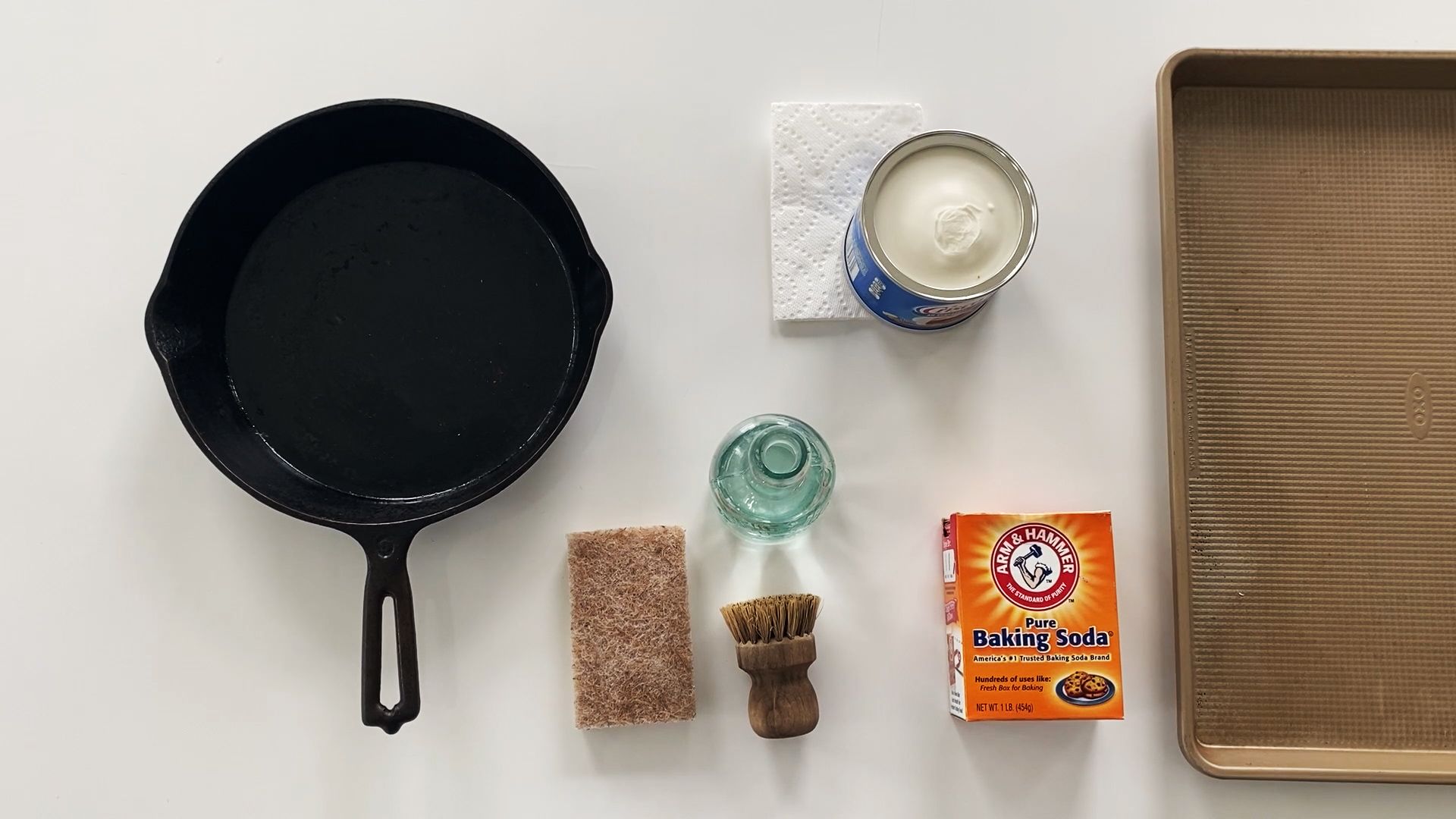
 Put a well-sealed ice bag on the cast over the area that itches. Gently pat the cast above the area that itches. Keep small objects that could easily slip into the cast away from the child. Remind your child not to scratch or put anything inside the cast. This can cause skin damage and swelling of the limb. Be sure the top end of the cast does not indent the skin when sitting or resting.
Put a well-sealed ice bag on the cast over the area that itches. Gently pat the cast above the area that itches. Keep small objects that could easily slip into the cast away from the child. Remind your child not to scratch or put anything inside the cast. This can cause skin damage and swelling of the limb. Be sure the top end of the cast does not indent the skin when sitting or resting. 
This helps to keep the pressure of the cast off the skin.
While your child is awake, change the position of the limb with the cast about every two hours. You may bathe your child in a bathtub if you use a cast protector. Use a damp cloth and mild soap to clean his or her skin. Cover the cast with a plastic bag during the sponge bath. Be sure to wipe off any remaining moisture. If a fiberglass cast gets dirty, clean it with a damp cloth and soap. If a plaster cast becomes dirty you can clean it with a damp cloth however, do not use soap or get the cast wet. Do not use lotions, oils or powder around the edges or under the cast. To prevent swelling and alleviate pain an anti-inflammatory, such as Advil, should be taken for three to five days following the injury. Once the cast is dry, you can tape over the rough edges if it is causing the child irritation. Check the skin for redness, blisters or sores along the cast edges and be alert to any bad odor from the cast. Examine the cast daily for cracks or soft spots. Keep the arm or leg with the cast raised above the level of the child’s heart to prevent swelling. If your child has a plaster cast, it usually takes one to three days to dry. If your child has a fiberglass cast is usually takes 30 to 45 minutes to dry. After application let the cast dry completely. At first the cast will be heavy, damp and warm as it is being applied. Some casts are made of plaster and some of fiberglass. Pediatric Orthopedics | Urgent Care What is a cast?Ĭasts are most often used to help mend broken bones by immobilizing the injury, protecting the area recovering from a fracture or surgery, and reducing pain caused by motion.Ī cast is a stiff, solid dressing that supports a body part while a bone is healing after an injury. Accessed March 27, 2018.At OrthoIndy, we realize that it is stressful when your child is in need of medical care therefore, OrthoIndy has a number of orthopedic surgeons that specialize in treating children. Philadelphia, Pa.: Saunders Elsevier 2013. In: Pfenninger and Fowler's Procedures for Primary Care. Casts immobilization and upper extremity splinting. Philadelphia, Pa.: Saunders Elsevier 2012. In: Instructions for Sports Medicine Patients. American Academy of Orthopaedic Surgeons. Philadelphia, Pa.: Saunders Elsevier 2018. In: Fracture Management for Primary Care, Updated Edition. General principles of acute fracture management.








